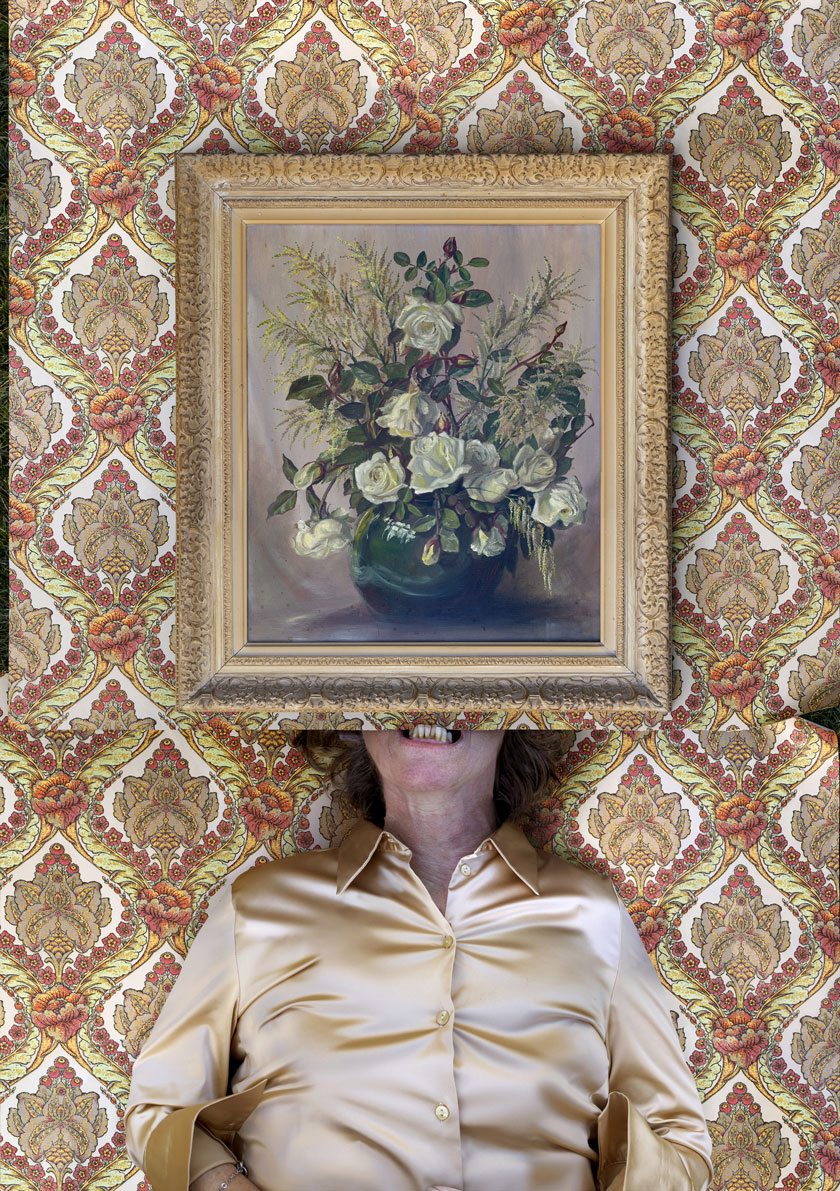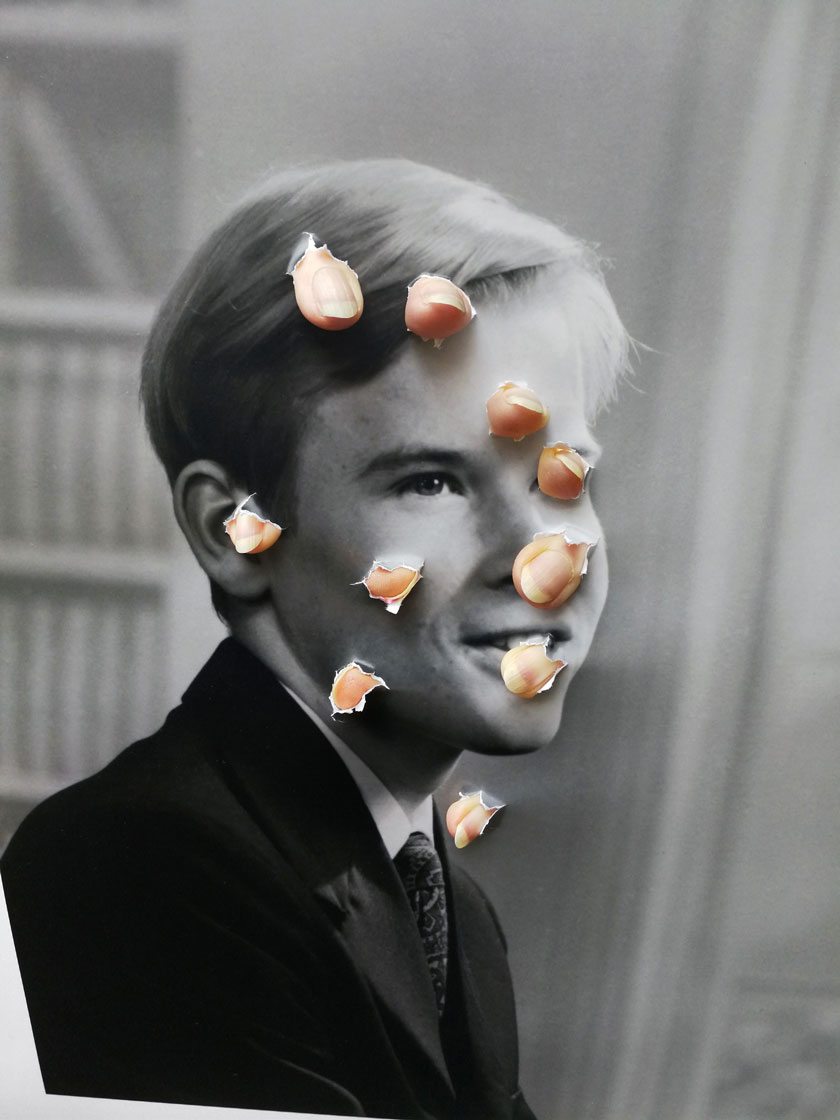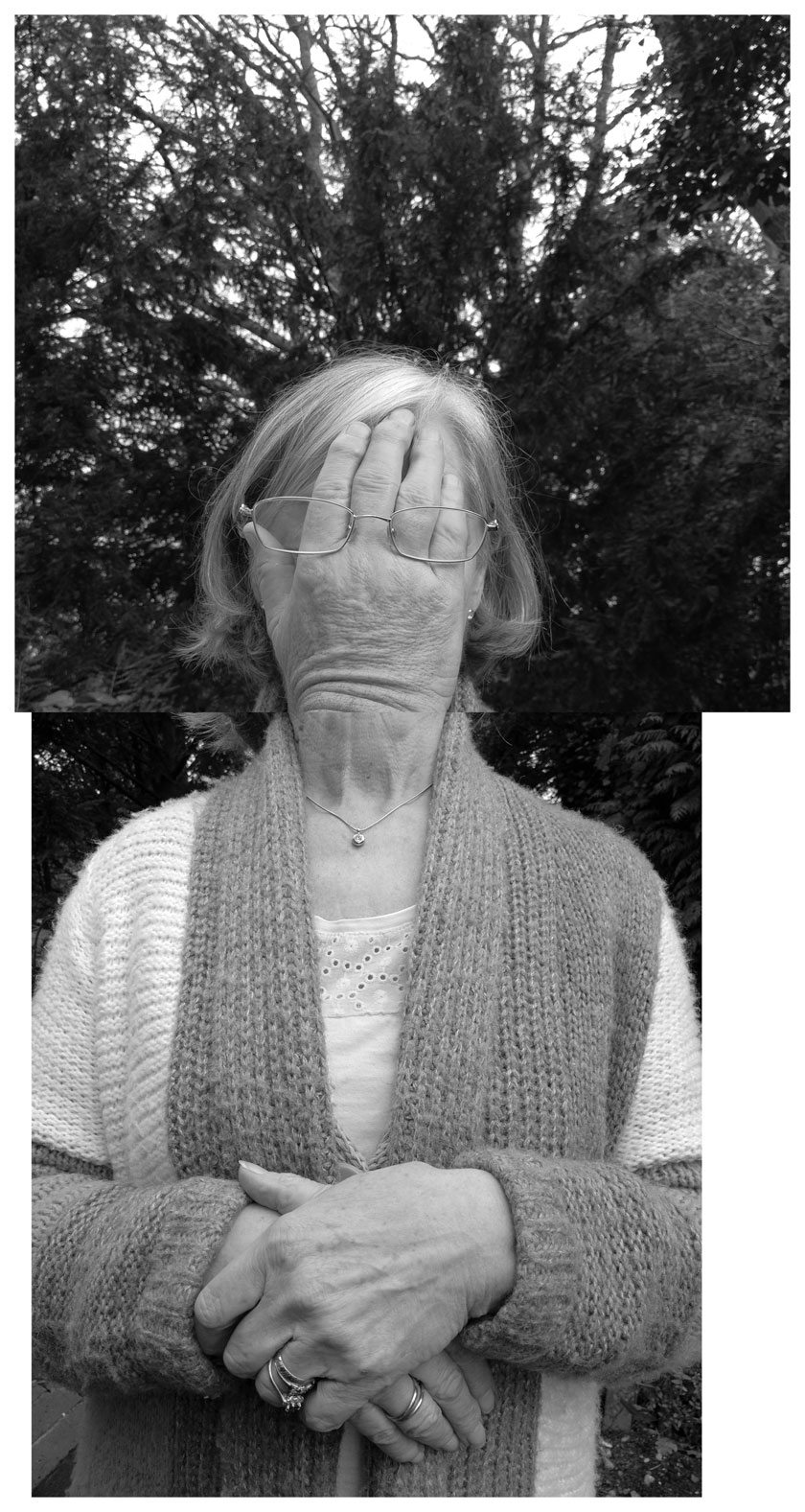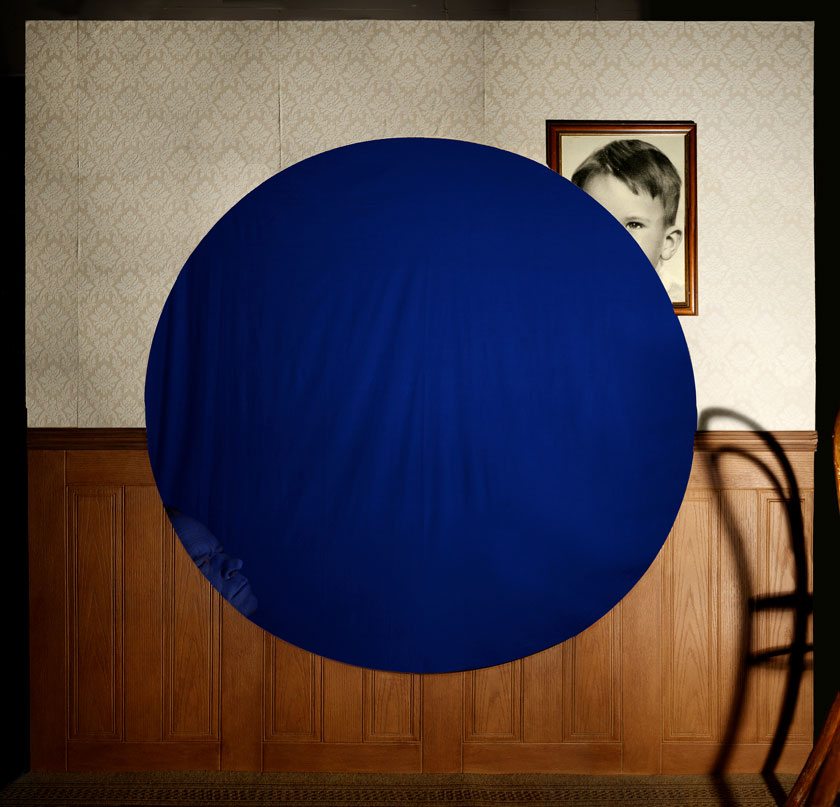Artist Interview: Jonny Briggs
We speak to the photographer about his work for the Saatchi Gallery’s 'From Selfie to Self-Expression' exhibition
This post may contain affiliate links. Learn more
We speak to photographer Jonny Briggs about his work in the Saatchi Gallery’s current exhibition ‘From Selfie to Self-Expression’ (until 30 May) and how the age of smartphones affects the art of photography.

Order Disorder Disordered, 2016 – Jonny Briggs
Tell us a little about your work for this exhibition?
This exhibition touches upon my interest in hands, and the familial domestic sphere. There is a motif of the pointing finger running throughout my work. On the one hand this may appear to be the accusational pointing finger of the parent or authority figure. Yet also, we point to direct someone else’s interest to our own interest. Often within the photographs, instead of looking at what the finger is pointing at, we are drawn to the pointing finger itself. Instead of looking at what the person’s interest is, we’re drawn to the interest itself; where our interests come from, and why they are there. This can be used as a template to look at my work as a whole; I often create the ideas intuitively, then look back and piece together patterns of interests, in an opportunity to ask the question ‘what is my mind telling me?’

Consuming a Grief That’s Yet to Come, Jonny Briggs
Anything else we should know about these images?
Consuming a Grief That’s Yet to Come involves My Mother’s long nailed adult fingers penetrate an image of my father as a child. My Mother’s fingers are in full colour, in contrast to the black and white image, and in this sense feel like imposters of the image, like woodworm. It’s as if they are attempting to grasp or hold the image, yet in doing so, destruct it.
My Blood is a photomontage of two photographs; bringing together my mother’s body, and my father’s hand upon her face. My Father becomes my Mother; or vice versa. The hand appears almost as if part of her; gagging her or silencing her. Yet it also feels like it may be healing her, or performing Holy Communion where the Priest’s hand is placed upon the head of the individual. The hand becomes a surrogate face, yet censoring her face, hijacking her identity, like a parasite. I find an alluring awkwardness in the misalignment of the two photographs, that create a frustration of order/disorder. I think back to the orders of my Christian upbringing, and the rituals we engaged in. My mother’s body language reminds me of the gestures I’ve noticed in Priests. Although her glasses are visible, she can’t see through them, and appears almost pacified. I’m reminded of puppeteering; the hand of the puppeteer may be seen as a hand that controls; or on the other hand; a hand that guides. I find the same about God.

My Blood, Jonny Briggs
In the age of smart phones and Instagram, can anyone be a photographer?
Anyone can take photographs; though taking photographs doesn’t make you a photographer. It does however, allow more people the opportunity to become photographers. There’s a steep technological development of photography, and spreading of its use, to the point where it is changing the way we see, think and behave. In 1969, media critic Marshal McLuhan said ‘we shape our tools, then our tools shape us’ – this is relevant today. It’s a positive thing that more people have accessibility to pursue their ideas with photography.
When and how did you find your style?
I first studied Architecture, then moved to Art Foundation at Chelsea College. From this course onwards I started exploring the socialized bubble of the family home, and my attempts to pop it. I stayed at Chelsea for my BA degree, then went on to the Royal College of Art for my Masters. Here I felt like a kid in a sweet shop; so many machines and facilities, and I had so many ideas that I wanted to follow with each of them. My work took great leaps here, and I loved being around the passionate, intelligent minds of my tutors and peers, who I’m still in contact with now. I am constantly trying to surprise myself with the work, to push myself into areas of myself I was previously unaware of. Each piece of work feels like a clue. Roland Barthes spoke of how we can be bruised by a photograph; we acknowledge the impact, yet don’t always know where that impact comes from.
Which photographers did you love when you were starting out? And who do you love now?
I loved mainly painters and sculptors, rather than photographers; Paul McCarthy, Mike Kelley, Annette Messager, Rene Magritte, Richard Dadd, Henry Darger. Now I find myself drawn to writers at the moment; psychoanalysts such as Darian Leader and Adam Phillips. I also like Carol Mavor, and material culture anthropologist Daniel Miller.

Into The Black, Johnny Briggs
The artist you’d love to own a piece by?
I’d love to own a piece by Paula Rego; I connect with the societal role reversals, and dichotomy between love and pain within her paintings.
Your career highlight to date?
Switching from studying Architecture to Art Foundation at Chelsea College; I loved it, and connected with both the course and the people there.
And who’s the next big thing?
Juno Calypso is making striking work and having great exposure at the moment. I was blown away by her BA show at LCC, where I’m an Associate Lecturer, to the point where I asked to buy one of her photographs. I emailed Justin Hammond that evening to recommend Juno for the Catlin Guide and Prize. I love the dark humour, awkwardness and hopeless submission to socialized ideals of beauty and romanticism in her photographs.
I wish I’d never…
Eaten ‘hand cheese’ in Frankfurt; my partner and I both gagged.
I hope one day I’ll…
Build my own house. I imagine it to be a mixture of late Georgian architecture, a cob hobbit house, a windmill, a cave, a glass cube and a treehouse. Most people I’ve showed the drawings to declare it as absurdist or just plain grotesque, yet I find it beautiful.
This year, I’m most excited about…
Archisle; a 6-month art residency in Jersey, where I’m creating a new body of work on the island.
